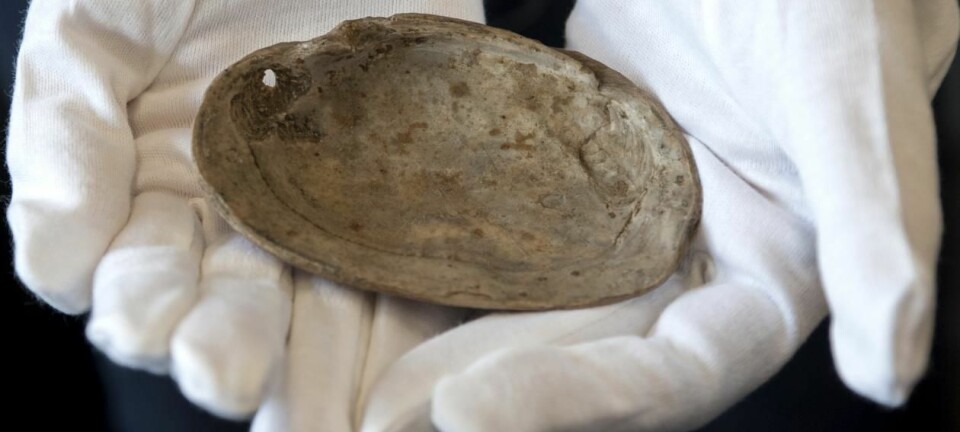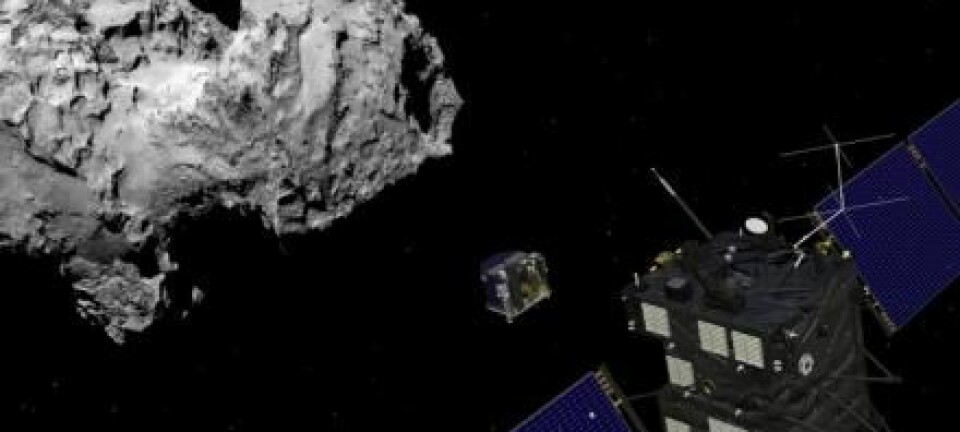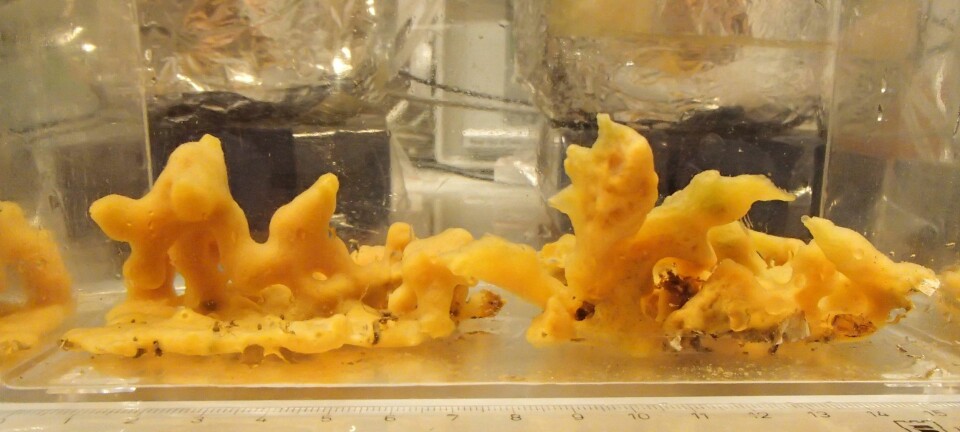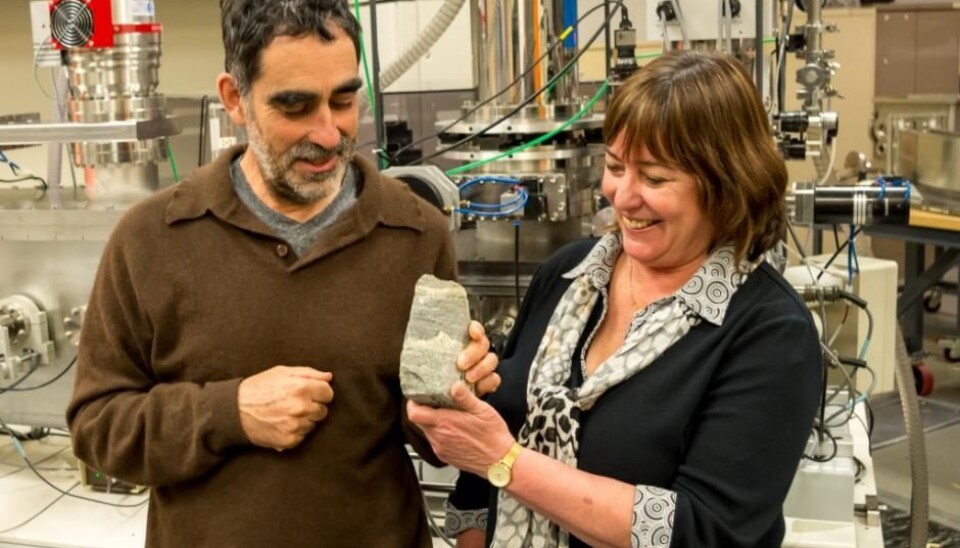
World’s oldest fossils discovered in Greenland
GREENLAND: Scientists have discovered bacterial structures in 3.7 billion year-old rocks in Greenland, indicating that life began earlier than previously thought.
Scientists have discovered what they claim are the oldest fossils on Earth in Isua, west Greenland.
The 3.7 billion year-old sedimentary rocks contain evidence of tiny structures called stromatolites--layered sedimentary rocks that are formed by living microbes. If correct, this would be the earliest sign of life on Earth.
The new results have huge ramifications for understanding the conditions in which early life could have existed here on Earth, and in other inhospitable places in the universe, such as Mars.
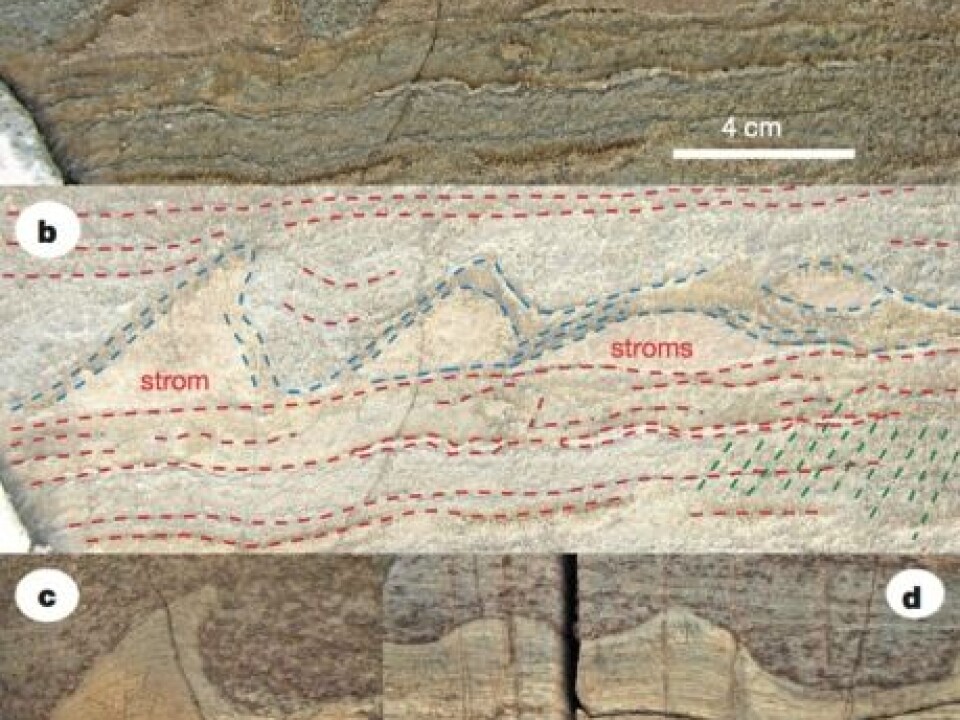
The study is published in the scientific journal Nature.
Tiny structures are the gravestones of Earth’s earliest known life forms
The scientists behind the new research discovered cone-like structures, one to four centimetres high, which look just like stromatolites.
If correct, the new fossils beat the previous record holders by around 200 million years. The previous record for the earliest life on Earth was held by 3.48 billion year-old stromatolites discovered in the Pilbara Crater in Australia.
But the new date suggests that life on Earth existed shortly after a particularly tumultuous time when asteroids bombarded the planet, making it a pretty inhospitable place to be.
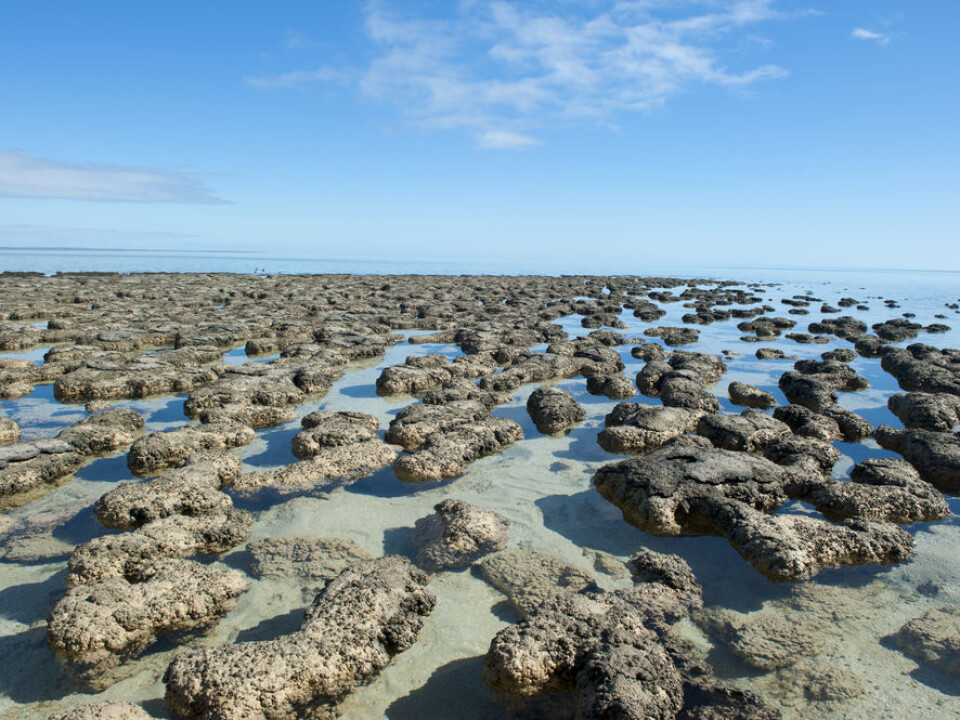
Read More: Earth had oxygen 800 million years earlier than thought
Life is not so fragile as once thought
Scientists have previously thought that the Earth would have been virtually sterilised after such a long period of massive bombardment, but the presence of stromatolites so soon after the bombardment had ceased suggests that life is not quite as fragile as we may think.
Alternatively, it is possible that life came to earth on the back of one of these asteroids in a simple form that quickly developed into something advanced enough to form stromatolites.
“If life could find a foothold here, and leave such an imprint that vestiges exist even though only a minuscule sliver of metamorphic rock is all that remains from that time, then life is not a fussy, reluctant and unlikely thing. Give life half an opportunity and it’ll run with it.” writes geologist Abigail Allwood from the Jet Propulsion Laboratory, California Institute of Technology, USA, in a commentary in Nature.
Allwood was not involved in the new study but also studies early life on Earth. She points out that the new results are certainly controversial and will prompt fierce discussion among geologists.
Read More: Danish scientist hopes to find origins of life on comet
Some scientists are skeptical
Danish geologists Minik Rosing, who had previously discovered sedimentary rocks in Isua, where the new fossils have now been discovered, is skeptical of the new results.
“First, the very definition of stromatolites is that the structures contain internal layering--stromatolite means layered stone. But the structures that they show have no sign of internal stratification.”
Neither do the stromatolites preserve any signs of organic or cellular material, though this may be the result microorganisms churning up the sediments.
The scientists behind the research highlight other features that are consistent with interpreting the cone-like structures as stromatolites, including the presence of small piles of sediment-like material that appears to be churned up, in between the stromatolite cones. Another indication is in their chemical composition. The stromatolites contain higher levels of calcium and titanium than the surrounding rock, which indicates that they were indeed formed by microorganisms as they locally consumed and precipitated minerals.
Read More: Lack of oxygen did not hold back evolution of complex life
Not enough evidence to support the conclusions
But Rosing is not convinced.
“I think it’s a long shot because there’s so many things in nature that could have formed these type of structures,” he says, and adds that the study does not provide enough evidence to eliminate the possibility that these structures were not the result of rock deformation within the Earth’s crust.
In a previous study, Rosing discovered that these types of carbonate rocks in which the stromatelites were found, formed under high pressure and temperature as seawater flowed deep inside the Earth’s crust.
“It’s not possible to preserve biological structures in something that isn’t a sedimentary rock, but instead has formed by processes at high temperature, 500 degrees centigrade, deep within the Earth’s crust,” he says.
Read More: Early Earth may have been freezing cold
Is there life on Mars?
If the structures in the Isua rocks do turn out to be stromatolites, then the new date for the earliest forms of life would sit well with genetic studies, which suggest that life could have emerged about four billion years ago.
This earlier date has huge ramifications for our understanding of life on Mars and other planets in the universe.
“A plethora of Mars missions has shown that around the time that the Isua rocks were forming, Mars did not look too different from Earth from a habitability perspective, with standing bodies of water at the surface,” writes Allwood.
“Given that the era of the late heavy asteroid bombardment in the Solar System ended just geological moments before (0.1 billion years earlier), was that enough time for life to emerge and make an appearance in the fossil record? We have only one example of life with which to address this. If the Isua structures are indeed microbial, then that example says ‘yes’.”
-------------
Read the Danish version of this article on Videnskab.dk
Translated by: Catherine Jex

